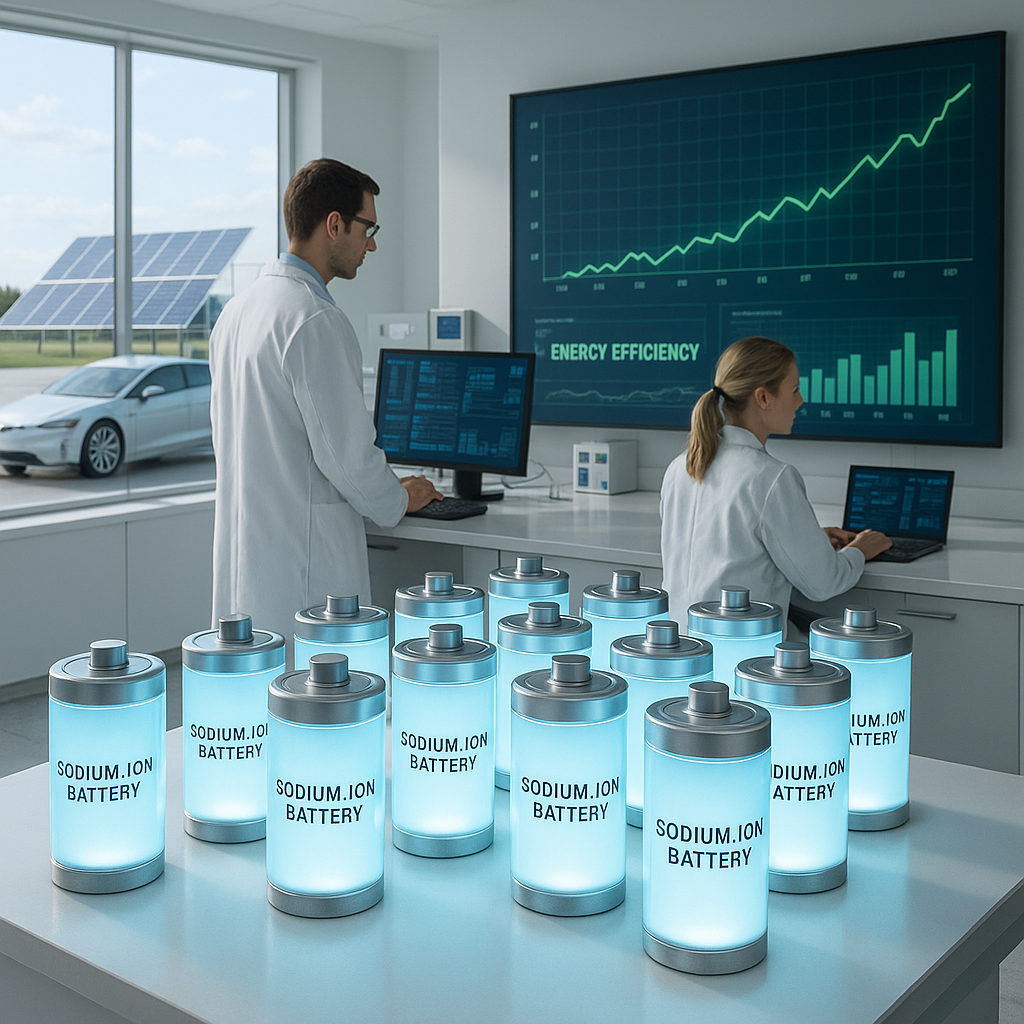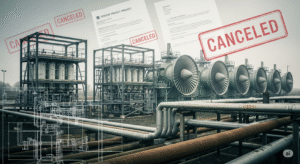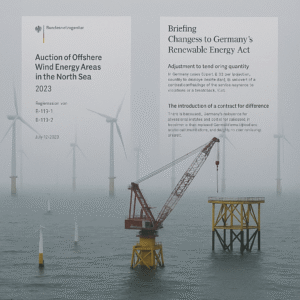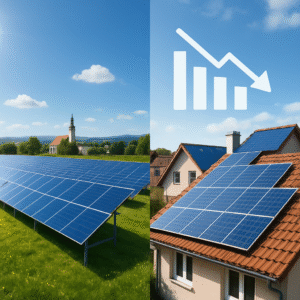For decades, lithium-ion batteries have powered everything from smartphones to electric vehicles. But that dominance may be coming to an end. Researchers in China have unveiled a high-efficiency sodium-ion battery that rivals lithium in performance—at a fraction of the cost and environmental impact.
Why Sodium Instead of Lithium?
Lithium may be powerful, but it comes with baggage: volatile prices, geopolitical risks, limited global reserves, and environmentally damaging mining practices. Sodium, by contrast, is:
- Abundant — found in seawater and rock salt worldwide
- Non-toxic and easier to recycle
- More stable at high temperatures
- Cheaper to process and store
“The new design eliminates most of the disadvantages of sodium-based batteries from the past,” said Dr. Hui Zhang, project lead at the Institute of Physics, CAS.
The Breakthrough Technology
The new battery features a hard carbon anode and layered oxide cathode, enabling energy densities of up to 160 Wh/kg—matching or even surpassing some lithium iron phosphate (LFP) cells currently used in EVs.
Key features include:
- Fast charging: Reaches 80% in under 15 minutes
- Long cycle life: Over 3000 charge-discharge cycles with minimal degradation
- Cold performance: Operates efficiently at -20°C, ideal for northern climates
These improvements solve the biggest pain points of earlier sodium designs, which were limited by poor energy density and performance under extreme conditions.
First Commercial Use in Electric Vehicles
BYD has announced plans to roll out its first sodium-powered compact EV by early 2026. Designed for urban commuters, the vehicle will offer a 300 km range and cost 20–25% less than its lithium-ion counterpart.
In a statement to Reuters, BYD noted that these models will be particularly suited for developing markets where cost is a key barrier to EV adoption.
Massive Potential for Solar and Wind Storage
Utility-scale storage is another area where sodium-ion batteries shine. Their low cost and high thermal stability make them ideal for stabilizing renewable grids.
State Grid Corporation of China is already piloting a 100 MWh sodium-ion storage project in Xinjiang Province. If successful, similar facilities may be deployed across Asia, Africa, and Latin America—regions with high solar potential but limited access to advanced lithium tech.
Environmental Impact: A Greener Choice
Unlike lithium mining, which often contaminates water supplies and harms local ecosystems, sodium can be sourced without deep mining or toxic waste byproducts. The new battery design also uses fewer rare earth elements and eliminates cobalt entirely.
“This is a huge win for sustainability,” said Dr. Anne Morales, a battery chemist at the University of Oxford. “We finally have a battery tech that can scale without compromising environmental integrity.”
Challenges Still Ahead
Despite the promise, sodium-ion still faces several hurdles:
- Energy density: Still slightly lower than high-end lithium NMC batteries
- Supply chains: Manufacturing capacity for sodium cells is limited outside Asia
- Brand perception: Consumers still associate lithium with premium performance
However, analysts believe that for mass-market EVs, home storage, and off-grid applications, sodium is more than “good enough”—it’s ideal.




